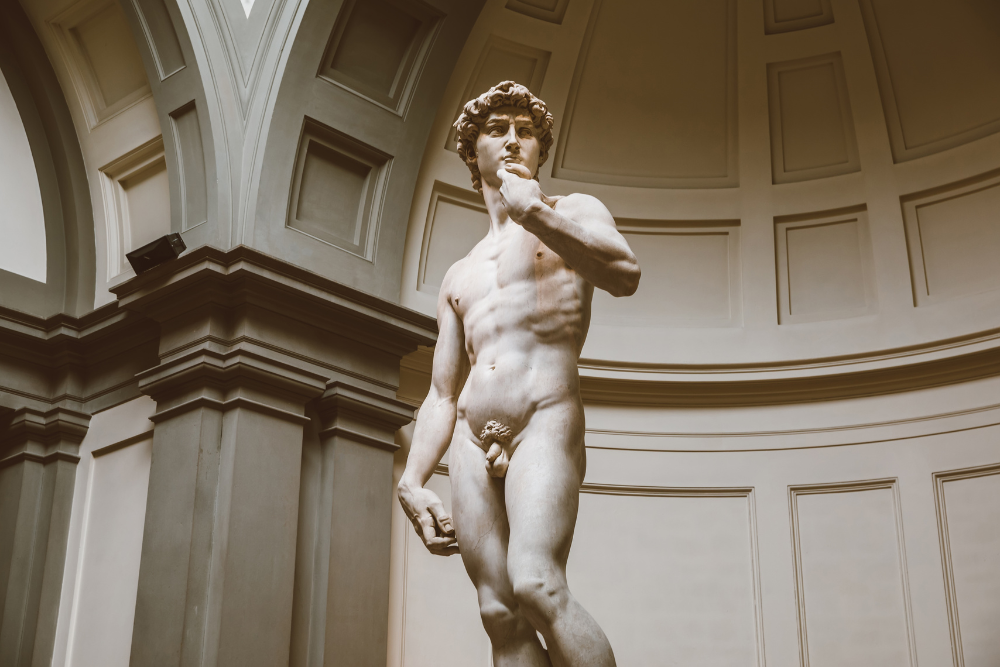Florence, often regarded as the birthplace of the Renaissance, is a city where art and architecture are not merely part of its history—they are its soul. From magnificent cathedrals to timeless sculptures, Florence offers an unparalleled cultural experience. Whether you’re an art enthusiast or simply looking to explore the beauty of the city, Florence’s treasures will leave you awe-inspired. Here’s your guide to discovering the art and architecture that make Florence one of the world’s most iconic cities.
1. The Duomo: Florence’s Architectural Masterpiece
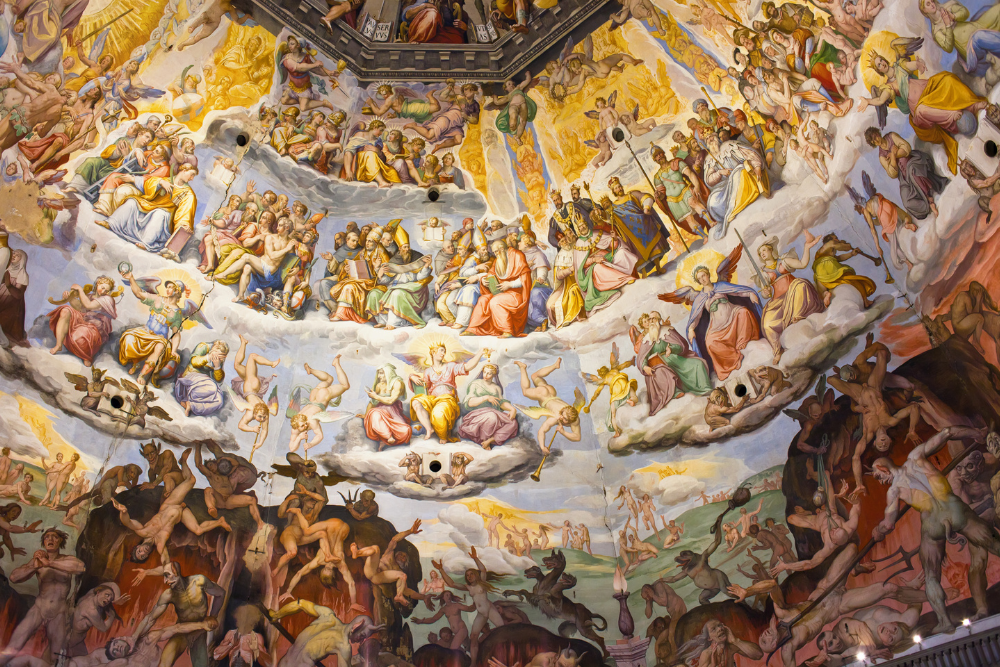
The Cathedral of Santa Maria del Fiore, or the Duomo, is Florence’s crowning architectural achievement. This iconic structure dominates the skyline and serves as a testament to the ingenuity and ambition of the city’s architects.
- Highlights:
- Brunelleschi’s Dome: The engineering marvel of the Duomo is its dome, designed by Filippo Brunelleschi. It was an architectural feat in the 15th century, and its ascent is one of the most popular activities in Florence. Climbing to the top offers panoramic views of the city.
- The Baptistery: Located in front of the Duomo, the Baptistery is famous for its gilded bronze doors, known as the Gates of Paradise, designed by Lorenzo Ghiberti.
- Giotto’s Campanile: Adjacent to the cathedral, this bell tower offers another breathtaking view of Florence.
Insider Tip: Book tickets in advance to avoid long lines, especially for the dome climb.
2. The Uffizi Gallery: A Treasure Trove of Renaissance Art
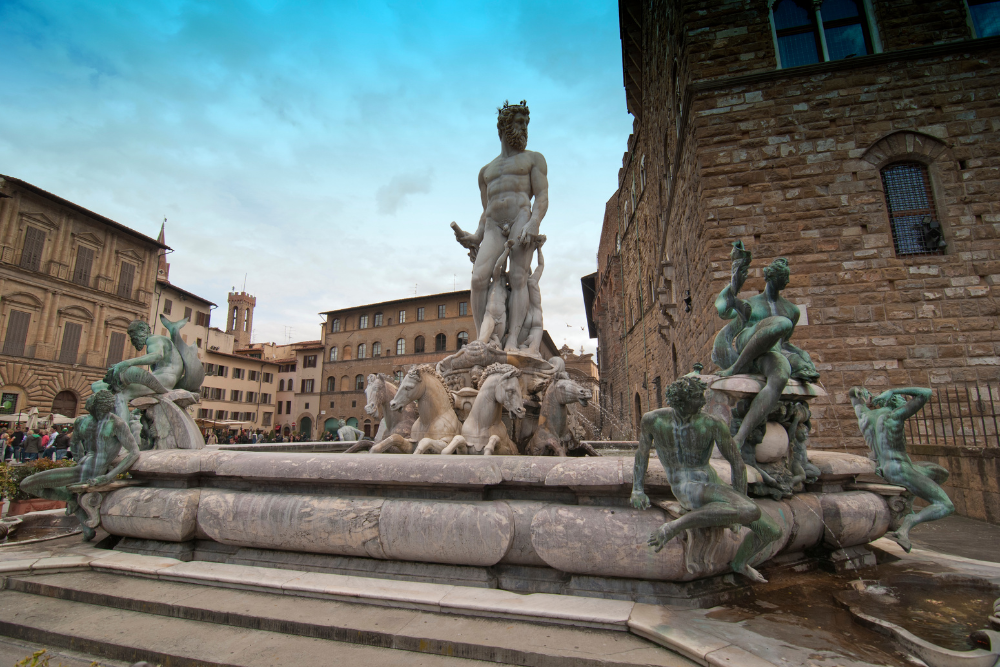
The Uffizi Gallery is one of the most famous art museums in the world and houses a vast collection of works by the great Renaissance masters.
- Highlights:
- Botticelli’s “The Birth of Venus”: This masterpiece is one of the most iconic images of the Renaissance.
- Leonardo da Vinci’s “Annunciation”: A stunning early work by the polymath artist.
- Michelangelo’s “Tondo Doni”: A beautiful example of Michelangelo’s mastery in creating dynamic compositions.
- Caravaggio’s “Medusa”: A striking and dramatic work that displays the Baroque artist’s signature style.
Insider Tip: Spend a few hours at the Uffizi, but be sure to take breaks in its beautiful inner courtyards to avoid museum fatigue.
3. Piazza della Signoria: Florence’s Heart of Power and Art
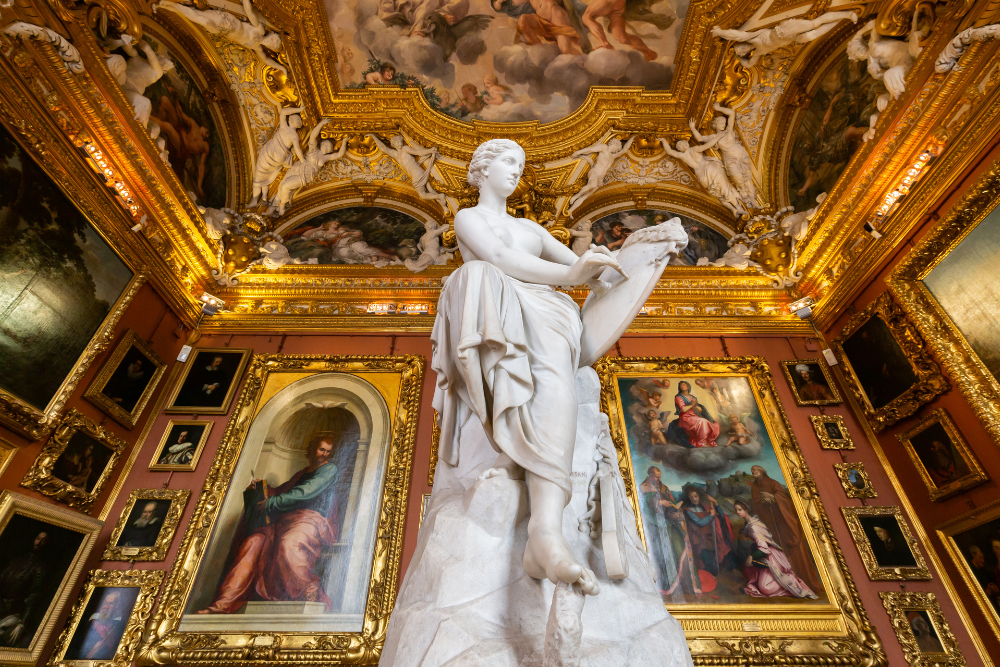
Piazza della Signoria is the historical and political center of Florence, home to the Palazzo Vecchio and some of the city’s most impressive sculptures.
- Highlights:
- Palazzo Vecchio: This Renaissance town hall has served as the political center of Florence for centuries. You can tour its grand rooms and climb the tower for a stunning view of the city.
- The Fountain of Neptune: A monumental fountain in the piazza, created by Bartolomeo Ammannati, represents the power and pride of Florence.
- The Loggia dei Lanzi: This open-air gallery houses sculptures like Perseus with the Head of Medusa by Benvenuto Cellini and The Rape of the Sabine Women by Giambologna.
- Replica of Michelangelo’s David: In front of the Palazzo Vecchio stands a replica of Michelangelo’s masterpiece, with the original housed in the Accademia Gallery.
Insider Tip: Visit the Piazza at night when the sculptures are beautifully lit and the crowds are smaller.
4. The Accademia Gallery: Michelangelo’s David and More
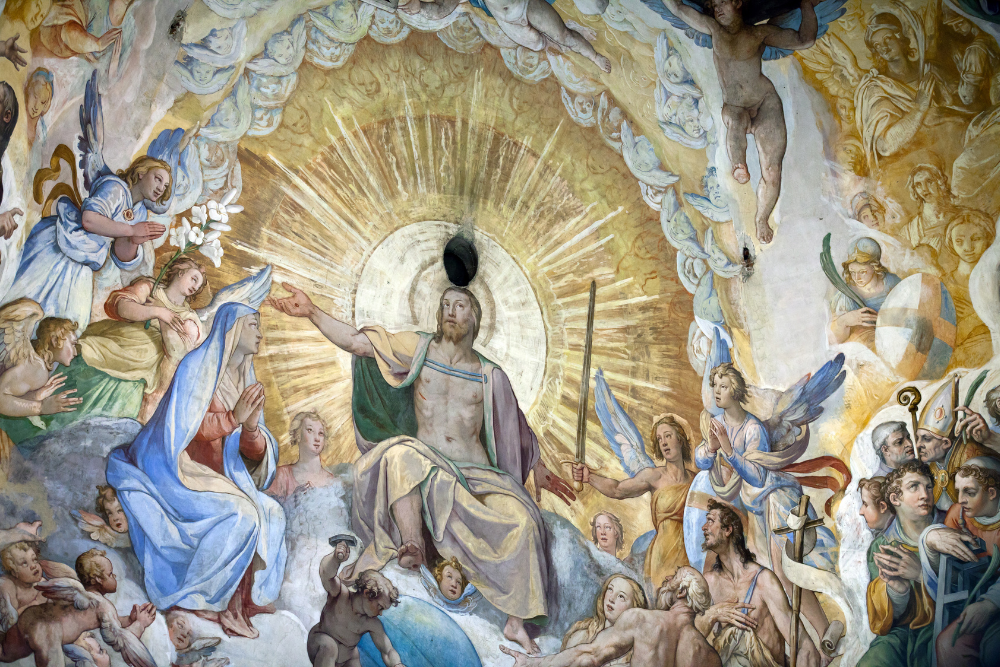
The Accademia Gallery is most famous for housing Michelangelo’s David, but it also features an impressive collection of Renaissance art.
- Highlights:
- Michelangelo’s David: Arguably the most famous sculpture in the world, David stands as a symbol of the human spirit and Florence’s artistic power. The statue’s incredible detail, especially in the depiction of muscles and veins, is a testament to Michelangelo’s mastery.
- Michelangelo’s unfinished “Prisoners”: These incomplete sculptures, also known as The Slaves, show Michelangelo’s method of working with marble.
- Renaissance Paintings: The gallery also contains works by artists such as Sandro Botticelli and Domenico Ghirlandaio.
Insider Tip: Arrive early to avoid the large crowds and fully appreciate the serenity of seeing David up close.
5. Ponte Vecchio: A Bridge of History and Art
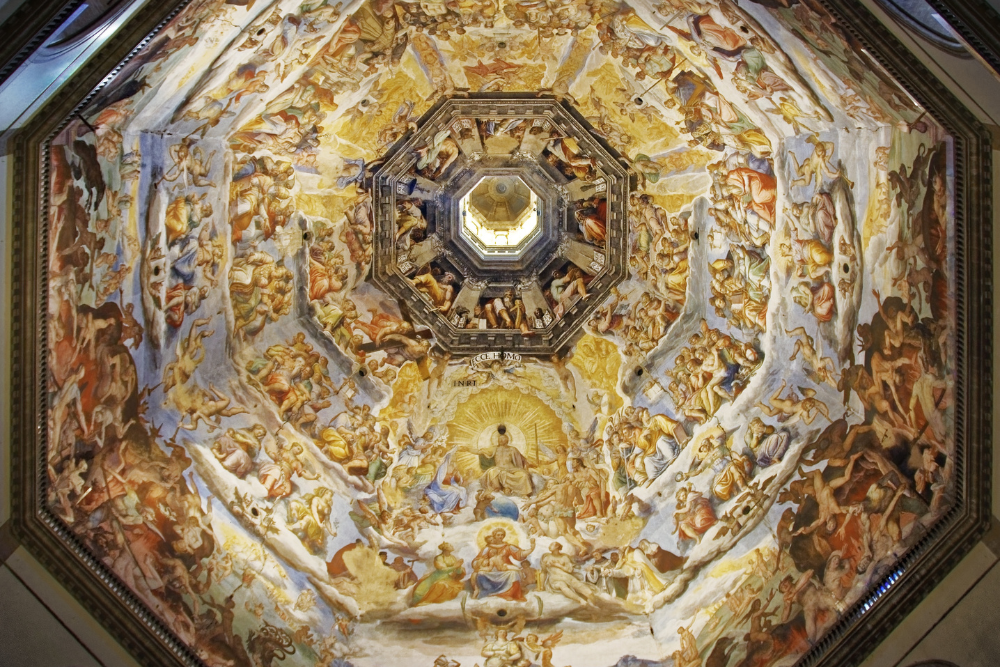
The Ponte Vecchio, Florence’s oldest bridge, is an architectural and cultural landmark. Dating back to the 14th century, this bridge has witnessed countless historical moments and has been a center of commerce and artistry.
- Highlights:
- Jewelry Shops: The bridge is lined with tiny shops selling gold and silver jewelry, a tradition that dates back to the 16th century.
- Views of the Arno River: Walk across the bridge to capture stunning views of the Arno River and the city’s surrounding hills.
- Vasari Corridor: This enclosed walkway, created by Giorgio Vasari, connects the Uffizi Gallery with the Pitti Palace. It allows visitors to explore an elevated, scenic path through Florence.
Insider Tip: Visit the Ponte Vecchio at sunset for the best lighting and to avoid the heavy tourist traffic.
Conclusion
Florence is a city where every corner reveals a masterpiece, every church hides a treasure, and every square tells a story. Whether you’re admiring Michelangelo’s David, exploring the Uffizi Gallery, or marveling at the architecture of the Duomo, Florence offers a feast for the eyes and the soul. This city of art and architecture invites you to step into history and experience Italy’s cultural legacy firsthand.



